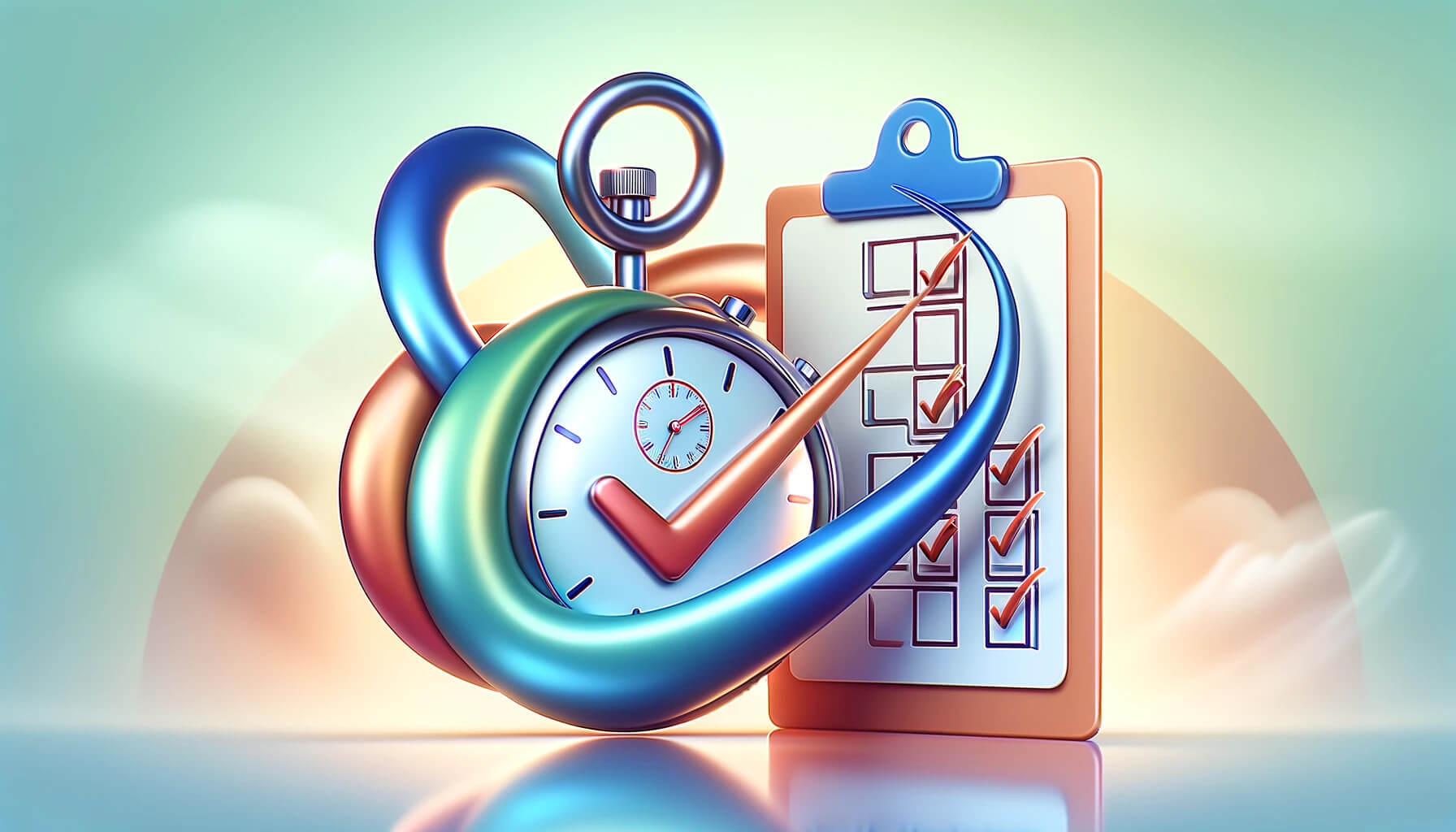A 7-minute read.
Achieving goals efficiently often hinges on the ability to measure progress and adjust.
My 6-step method simplifies this process, helping you stay on track and accelerate your progress so you can reach your goals sooner.
Without such a technique, it’s easy to lose direction, waste time, and potentially miss your targets altogether.
For example, if you’ve ever had the experience of setting a goal with a deadline like “Losing 10 lbs before summer,” but when summer comes, you’re nowhere near your goal…

This method can help fix that.
SIDENOTE: For those who have yet to set a goal, check out this blog post, where I lay out the framework for you to get started!
Just like many others, my life has been a string of pursuing goals.
From my start in public policy and community commerce to my pursuits as a professional bikini bodybuilder and personal trainer, to now, my meal prep & catering service, I’ve always aspired towards a goal.
But…on the road to achieving your goals, it’s so easy to get lost in the sauce.
When you’re in a constant state of hustle, every day can seem like a blur…
All you can think of is, “What’s next?” “How do I solve this?” and “What fires do I have to put out?”
Through all this chaos, you can easily lose sight of the true end goal and end up 50 feet to the left of the true path.
The solution is to periodically STOP… step away, get some perspective, and perform a little progress check. (Scientific studies support it too!)
If you’re like me and you’re serious about your goals, here is a simple 6-step process you can follow to ensure you’re on track.

1) Define Key Performance Indicators (KPIs) to Measure Progress
The term KPI or “Key Performance Indicators” is fancy talk for “What do you look at to Measure Progress?”
Simply put, you need to decide what defines success for you.
For example, if your goal is weight loss, possible KPIs might include:
- Weight measurements
- Physical measurements
- Frequency of gym visits
- Consistency in hitting daily calorie goals
- Progress photos
- Overall feelings of health and wellness
Think of it this way: If you were updating a friend on your progress, which aspects of your journey would you highlight?
These highlights are your KPIs and should clearly reflect how you’re advancing towards your goal.

2) Determine Where You Are Now
Using your KPIs, determine if you’re on track.
If you gave yourself 2 months to lose 10 lbs before summer, and you’re 1 month in… have you lost 5 pounds?
Are you seeing the appropriate progress?
It can be difficult, but it’s super important to be honest with yourself…
Are you on track or not?
3) Course Correct or Improve
If you’re off track, which most of the time we are…
It’s important to understand what led you astray.
Analyze the situation and think about potential solutions or adjustments needed in your plan.
Remember, sometimes we just can’t predict how difficult or long things will actually take.
Life is full of curve balls, you must be able to adapt and keep going!
Also, don’t be afraid to ask for help. An outside perspective or advice from someone who’s been there before can be eye-opening and invaluable.
If you are on track, this is a great opportunity to pat yourself on the back and brainstorm ways to improve your process and become even more efficient by reducing redundant tasks or distractions.
If you have a weight loss, health, or nutrition goal, I personally can help you!
Discover how a nutrition plan made to fit you can simplify the road to your goals and eliminate the obstacles preventing you from living your dopest life! Learn more about my personalized nutrition consultations here.

4) Decide What You’re Going to Do
You’ve laid out your options, now it’s time to choose!
It’s important not to get stuck in paralysis analysis. Weigh the options, What are the upsides, and downsides, and how likely are they to happen?
Think Long-Term: When making your decision, look beyond immediate results. For instance, if you’re 5 pounds behind your weight loss goal, you might think about a quick fix like an extremely low-calorie diet for a week. However, consider the potential downsides:
- Muscle loss
- Mood swings
- Increased fatigue
- Negative impacts on other areas of your life
- The potential to start a harmful cycle of yo-yo dieting
Choose Sustainable Solutions: Instead of drastic measures, opt for more sustainable strategies. For example, a moderate caloric deficit paired with consistent exercise and a focus on nutritious, low-calorie-dense foods can be more effective and healthier in the long run. These foods satisfy hunger without excessive calories and support sustained weight loss.

If you want to learn more about the critical role calorie density plays in weight loss, check out our recent blog post, in which we explain calorie density with an infographic filled with everyday examples.
Remember the Power of Consistency: Oftentimes, we’re actually looking for the results of repeated actions rather than the direct outcome of a single effort.
For example, going to the gym regularly multiple times a week over months will bring more substantial results than the off visit here or there.
5) Act!
As I’ve emphasized before, inaction is one of the BIGGEST obstacles to success.
The world operates on cause and effect—actions trigger outcomes.
Ideas alone are not enough. You must also implement them to see results.
Remember, the best time to start is now.
Your goals are waiting to be achieved—take that first step today, and measure your progress
6) Repeat
YES! Progress checks are a continual process!
Many people reflect on their progress annually, often during the holidays or at the start of a new year. It’s a time when things slow slightly, allowing us to realize that we might not be where we hoped to be.
While annual reviews are crucial, relying solely on them can lead to significant errors and missed opportunities.
You can imagine a plane launched into the air…
At first, it seems on target, but without the pilot’s intervention, the wind would lead the plane off course…
The longer the pilot waits to correct, the farther the plane flies astray, and the more energy it’ll take to get back on track and reach the destination on time.
Just like flying a plane, navigating our lives requires intentional and continuous adjustments.
Without them, we risk drifting away from our goals.

Implement Frequent Progress Checks to Measure Progress:
Bi-weekly or Monthly: Regular checks every few weeks or monthly are beneficial and can put you ahead of most.
Daily Mini-Checks: For those eager to make rapid progress, consider daily mini-reviews in the evening.
Ask yourself:
- What went well today?
- What didn’t go as planned?
- How can I improve tomorrow?
These reflections will help you stay aligned with your goals and make adjustments as needed, ensuring you remain on the path to success.
Now, it’s time to measure your progress!
Knowledge alone is not enough. To get the benefits, you need to apply the method!
So, if you find yourself repeatedly setting goals only to lose sight of them?
If you’re tired of running in circles with your goals and making no real progress…
If you are truly serious about achieving everything you want…
It is time to apply this method and make your dreams a reality.
It’ll only cost you a few minutes of focused attention and some calories to fuel your brain, but…
In return, you will be rewarded with greater clarity, save yourself from countless hours wandering off the path, and potentially achieve an even greater outcome than you could have hoped for!
Stay on Track, Stay Healthy, Stay Dope!
Relevant Readings:

Leave a Reply
You must be logged in to post a comment.